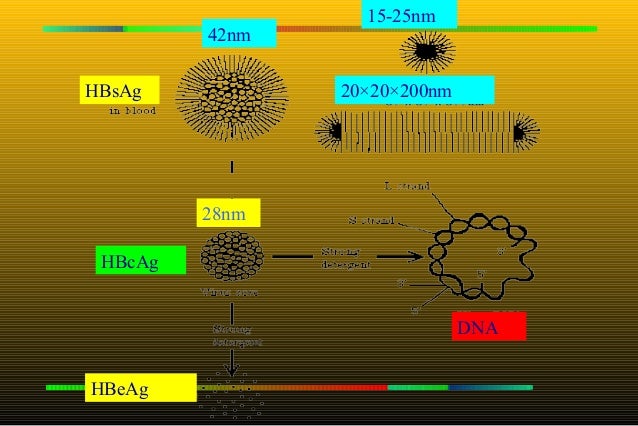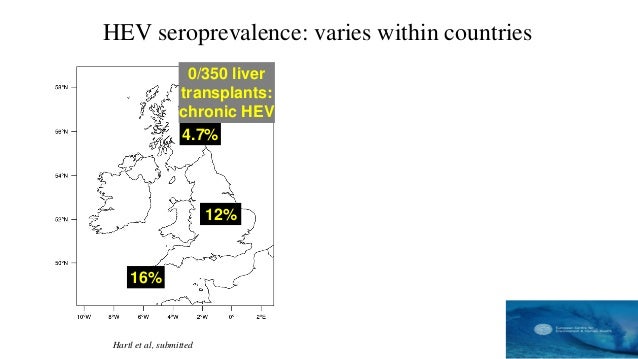
Outbreaks of Legionnaires disease are often traced to water supplies in cooling towers and evaporative condensers, reservoirs for the causative organism Legionella pneumophila. Many fungal agents, such as those that cause histoplasmosis, live and multiply in the soil. Plants, soil, and water in the environment are also reservoirs for some infectious agents. Many newly recognized infectious diseases in humans, including HIV/AIDS, Ebola infection and SARS, are thought to have emerged from animal hosts, although those hosts have not yet been identified.Įnvironmental reservoirs. Zoonoses newly emergent in North America include West Nile encephalitis (birds), and monkeypox (prairie dogs). Long recognized zoonotic diseases include brucellosis (cows and pigs), anthrax (sheep), plague (rodents), trichinellosis/trichinosis (swine), tularemia (rabbits), and rabies (bats, raccoons, dogs, and other mammals). The term zoonosis refers to an infectious disease that is transmissible under natural conditions from vertebrate animals to humans. Many of these diseases are transmitted from animal to animal, with humans as incidental hosts. Humans are also subject to diseases that have animal reservoirs. Symptomatic persons who are aware of their illness, on the other hand, may be less likely to transmit infection because they are either too sick to be out and about, take precautions to reduce transmission, or receive treatment that limits the disease.Īnimal reservoirs. As a cook in New York City and New Jersey in the early 1900s, she unintentionally infected dozens of people until she was placed in isolation on an island in the East River, where she died 23 years later.( 45)Ĭarriers commonly transmit disease because they do not realize they are infected, and consequently take no special precautions to prevent transmission. One notorious carrier is Mary Mallon, or Typhoid Mary, who was an asymptomatic chronic carrier of Salmonella Typhi. Chronic carriers are those who continue to harbor a pathogen such as hepatitis B virus or Salmonella Typhi, the causative agent of typhoid fever, for months or even years after their initial infection. Convalescent carriers are those who have recovered from their illness but remain capable of transmitting to others. Incubatory carriers are those who can transmit the agent during the incubation period before clinical illness begins. Asymptomatic or passive or healthy carriers are those who never experience symptoms despite being infected. As noted earlier, a carrier is a person with inapparent infection who is capable of transmitting the pathogen to others. Human reservoirs may or may not show the effects of illness. Because humans were the only reservoir for the smallpox virus, naturally occurring smallpox was eradicated after the last human case was identified and isolated.8 Diseases that are transmitted from person to person without intermediaries include the sexually transmitted diseases, measles, mumps, streptococcal infection, and many respiratory pathogens. Many common infectious diseases have human reservoirs.

For example, the reservoir of Clostridium botulinum is soil, but the source of most botulism infections is improperly canned food containing C. The reservoir may or may not be the source from which an agent is transferred to a host.

Reservoirs include humans, animals, and the environment. The reservoir of an infectious agent is the habitat in which the agent normally lives, grows, and multiplies. Department of Health and Human Services 1992. Source: Centers for Disease Control and Prevention.


 0 kommentar(er)
0 kommentar(er)
